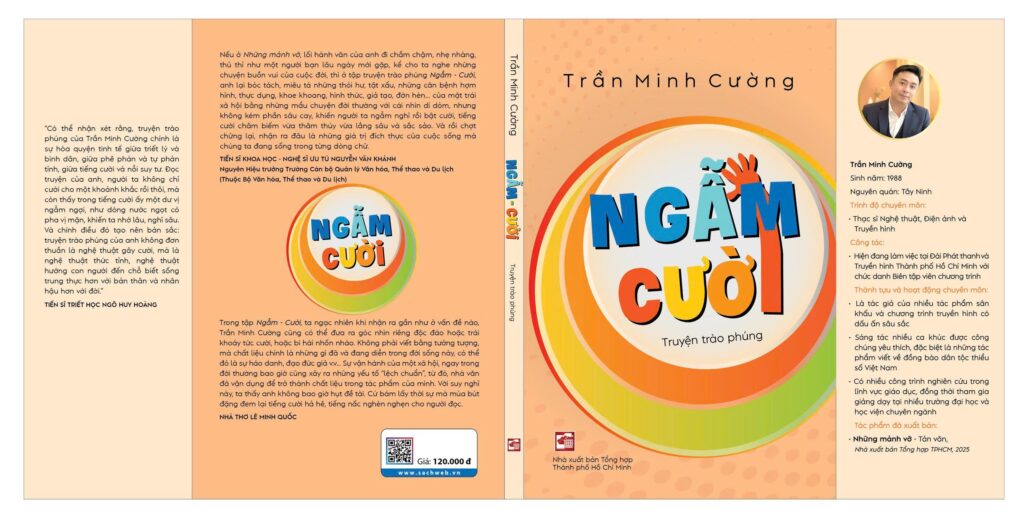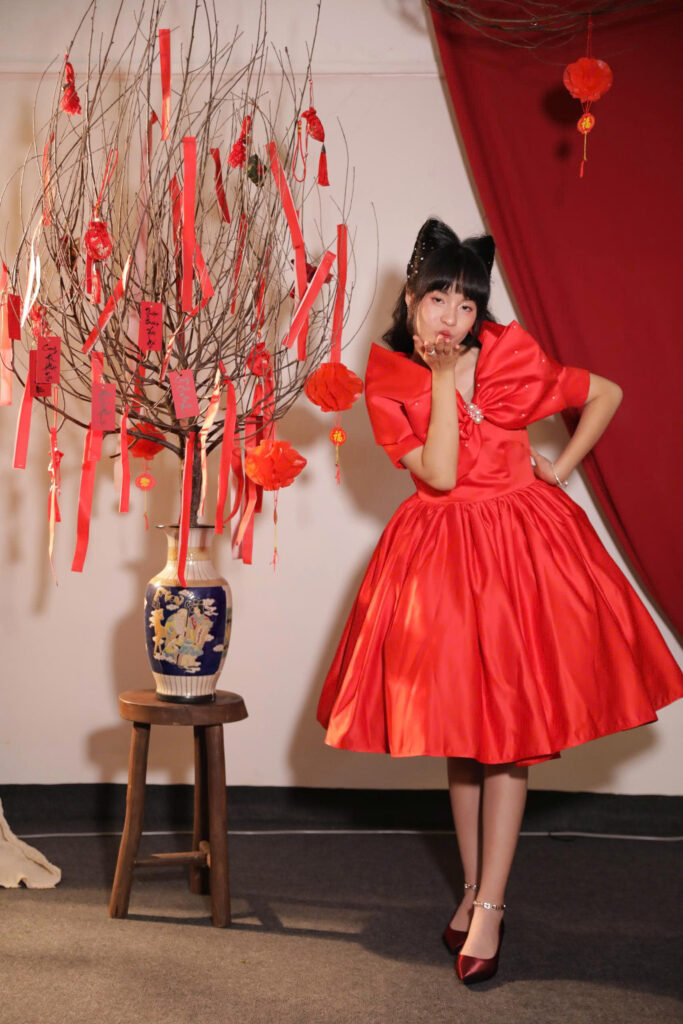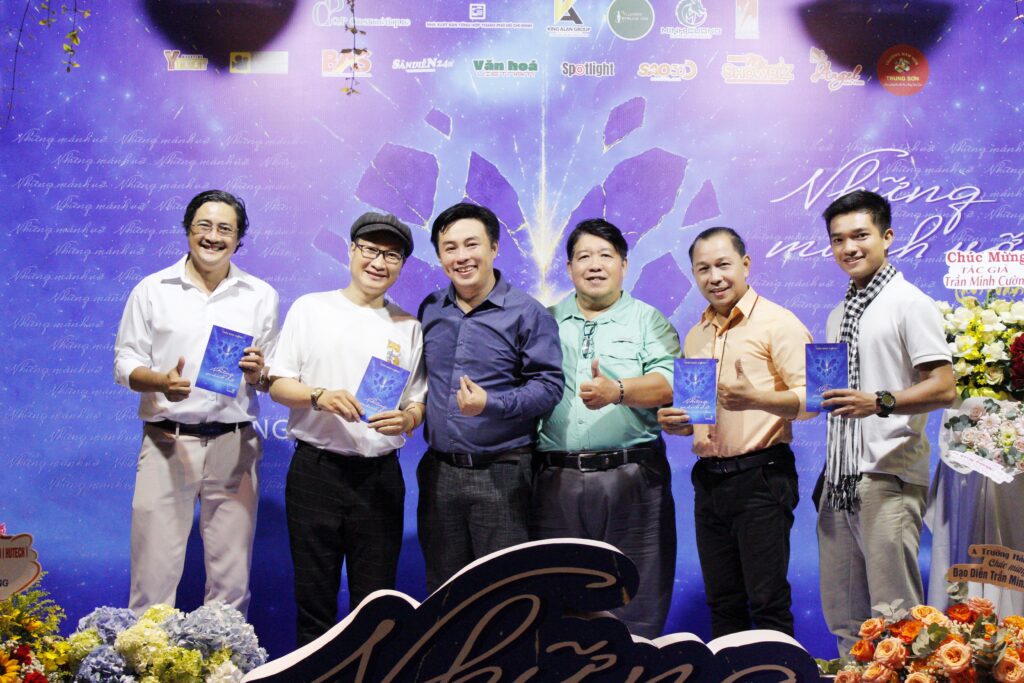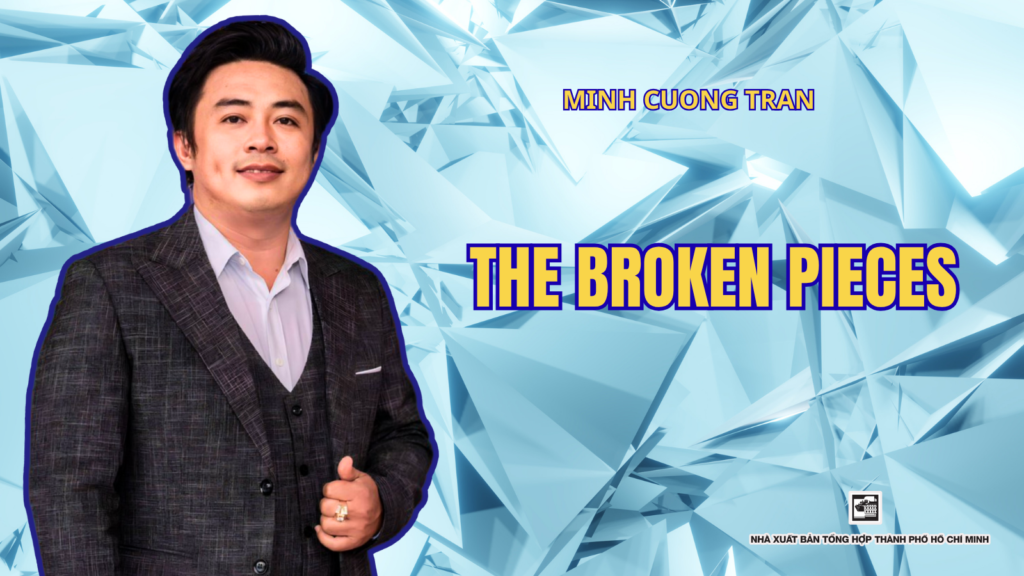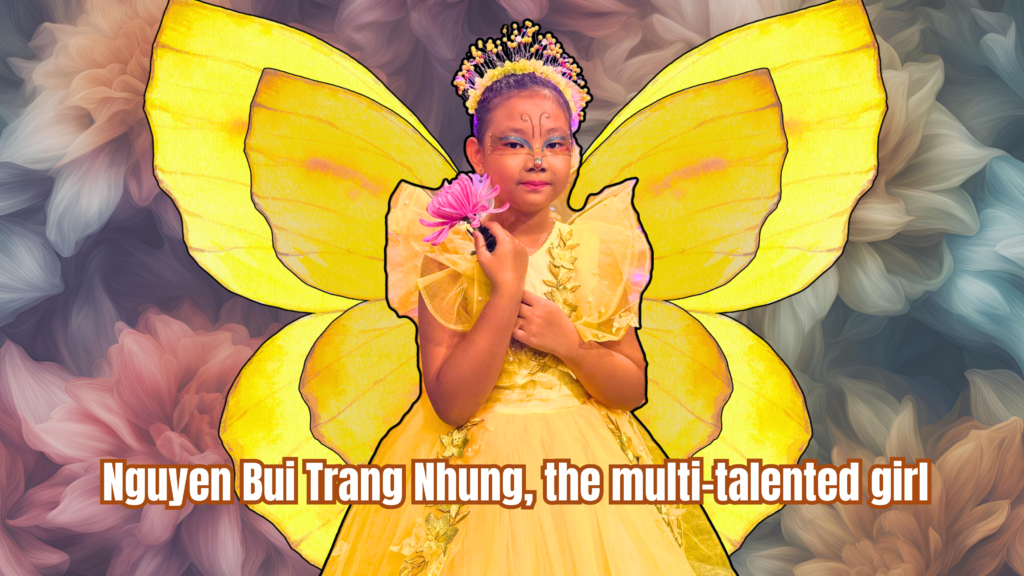‘King Lear’ comes to Vietnamese stage
King Lear is one of the most tragic and multi-layered plays by the famous British playwright W. Shakespeare. The play was recently re-staged at Le Ngoc Theatre and received many positive responses from the audience.
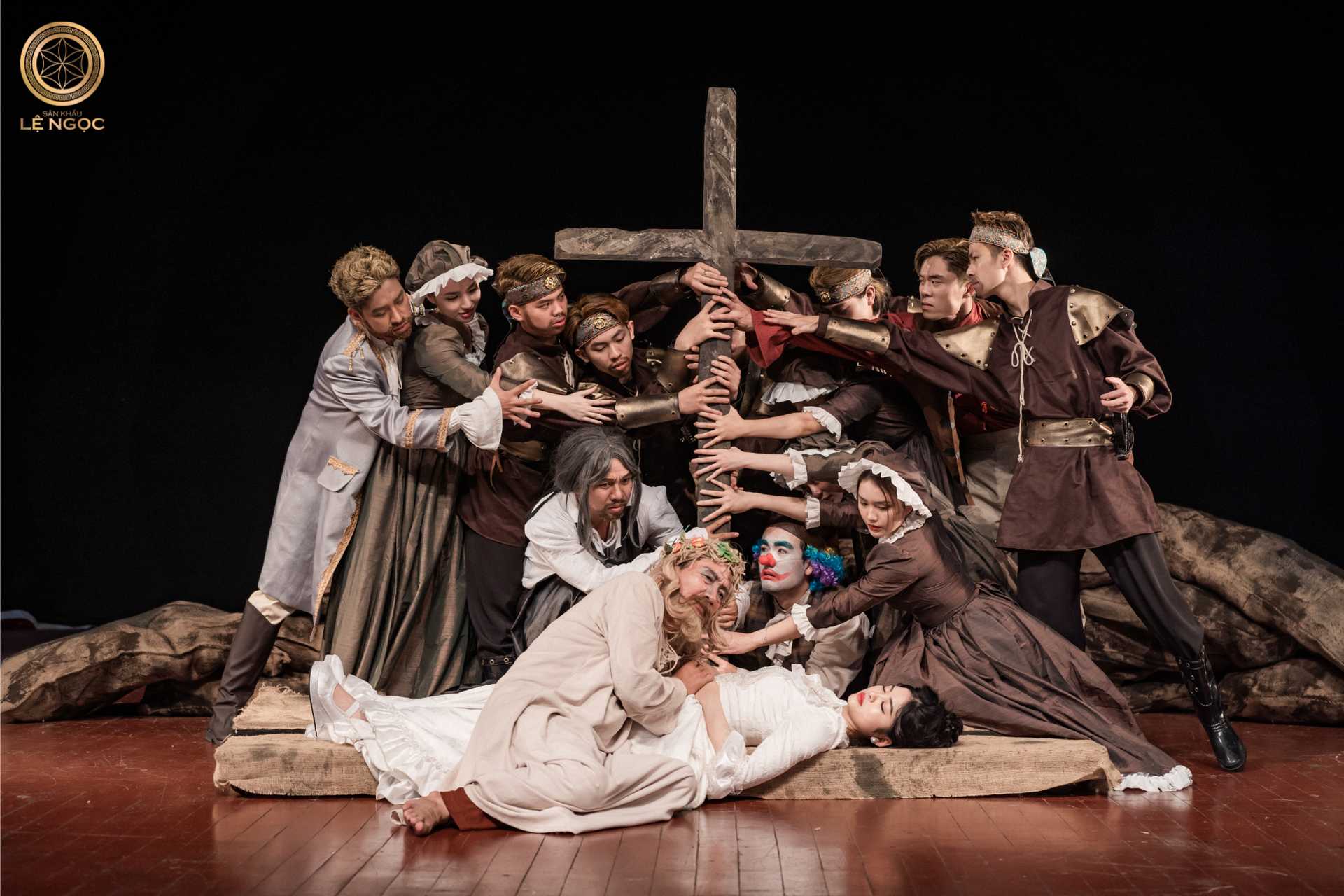
The plot of King Lear was adapted by William Shakespeare from an ancient tale and was written over 400 years ago. When the play was staged at the Lệ Ngọc Theatre, audiences were curious about its relevance and resonance with contemporary viewers.
As he aged and wished to enjoy his final years in peace, King Lear decided to divide his kingdom among his daughters. When he asked them, “How much do you love me?” the eldest and second daughters showered him with flowery words, professing their boundless love. In contrast, the youngest daughter spoke truthfully, saying she loved him as any child loves a father, but that her love was only a part of her emotions, as she would one day also love her future husband and children.
King Lear, who had placed great hopes in his youngest daughter, was enraged by her response. He disinherited her, banishing her from the kingdom and dividing his land between his two eldest daughters. He planned to stay alternately with each daughter after relinquishing his power.
However, things did not go as he had expected. Once the two older daughters secured power and wealth, they turned against their father, treating him with cruelty. Overcome with grief, King Lear fell into despair. Upon hearing of her father’s suffering, the youngest daughter pleaded with her husband to send troops to rescue him. But the attempt failed, as her sisters used the king as a hostage to force her surrender. In the end, she was executed at the hands of her own sisters. The immense sorrow drove King Lear to madness, leading to a tragic and haunting conclusion.
Family tragedies are among the most painful, especially when they stem from disputes over land and inheritance. King Lear conveys profound lessons about power, fatherhood, and sibling relationships.
In staging King Lear in a modern theatrical setting, director People’s Artist Lê Hùng sought to streamline the production, focusing on the theme of filial piety while preserving the play’s broader meanings. Lê Hùng emphasized that, regardless of a parent’s mistakes due to age or perception, children must uphold their filial duty—a value deeply ingrained in Vietnamese culture.
Both King Lear (played by Văn Hải) and the Earl of Gloucester (played by People’s Artist Tuấn Hải) share a similar fate: they are deceived by the sweet lies they wish to believe from their children, leading them to reject their loyal offspring and suffer tragic consequences.
The Vietnamese adaptation of the play embraces a simple storytelling approach. The production, avoiding excessive stage decorations, employs cascading fabric backdrops that subtly blend the past and present. Long monologues were trimmed, and the language was made more accessible. The actors of Lệ Ngọc Theatre captivated the audience, evoking both tears and laughter. Despite a runtime exceeding two hours, the play held the audience’s attention from beginning to end.
The cast was carefully selected to match the characters, with many actors demonstrating exceptional skills. For example, Hàm Hương, who played Princess Cordelia, was both young and beautiful, using ballet movements to create a dreamlike atmosphere. Other notable performances came from familiar Lệ Ngọc Theatre actors, such as People’s Artist Lệ Ngọc as Princess Goneril, Quang Tú as the Earl of Kent, Lâm Cương as Edmund, and Huy Bách as the Duke of Albany. Additionally, new cast members, including People’s Artist Thu Quế as Princess Regan, delivered commendable performances.
Văn Hải, who played King Lear, admitted that the role was extremely challenging, requiring significant effort to refine the delivery of his lines in each scene. His dedication paid off, as many theatergoers praised it as one of his finest performances since returning to the stage. Other standout performances included Lâm Cương’s portrayal of Edmund, the illegitimate son of the Earl of Gloucester, and Quang Tú’s nuanced depiction of the Earl of Kent.
The play is rich in humanistic values, awakening societal awareness as audiences witness the tragic conflicts within King Lear’s family. The story lays bare the tensions between fathers and children, between siblings, and within families, all tied to inheritance, wealth, and ambition. Though it ends in tragedy, the production leaves an unforgettable emotional imprint on the audience.
Some artists believe the play could benefit from further investment in music to heighten its emotional impact. They also suggest refining the lighting design and stage visuals to aid the audience’s immersion. Additionally, the delivery of classic monologues could be further polished to enhance their emotional depth.
Despite its tragic ending, King Lear resonates deeply with audiences, offering timeless reflections on human nature, familial duty, and the consequences of blind ambition.

